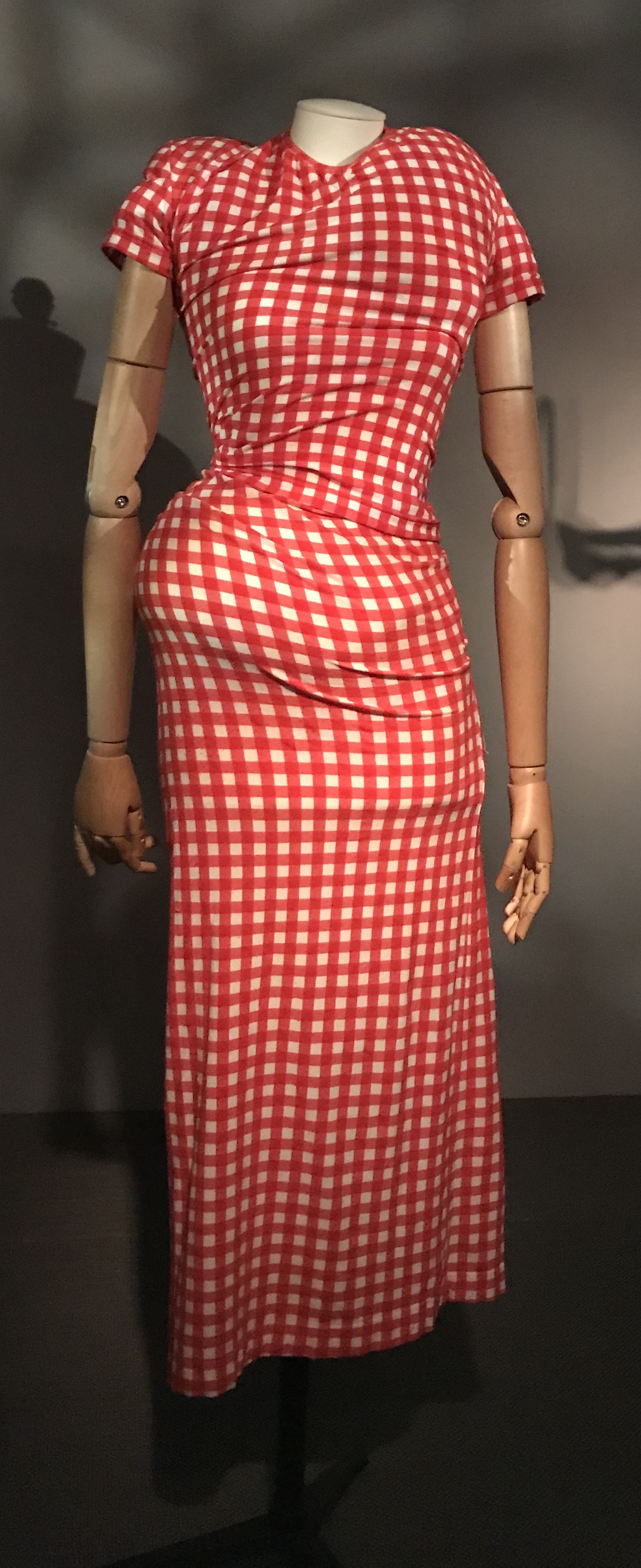Comme des Garçons, Rei Kawakubo. Spring 1996, Japan.
This object made by Rei Kawakubo for Comme des Garçons, shows a distorted wearer’s body wearing a fitted dress. The reason why the designer used soft padding to create different shapes of the body is because the collection aims to challenge the traditional relationship between fashion and the body. Therefore, by focusing on the idealized female physique, Kawakubo idea of distorting the body aims to serve as a response to the idealization around the female body. As it is stated by Susan Kaiser in “Fashion and Cultural Studies”, sex sells and it is women’s bodies that are represented and consumed. For this reason, this object communicates a direct relationship between fashion and the female body, in which one shapes the other and viceversa. Showing a distorted female body, it communicates how fashion has shaped and distorted the body through the idealization to obtain the “hourglass” figure with the use of corsets because of a sexual fetish. By making the waist narrower and highlighting the breast and the hips, the corset caused deformation and physical illness to many women during the 19th century to early 20th century. Moreover, Kawakubo investigation of the body differs from my fashion practices. Unconsciously, the silhouette and the way I fashion my body is based on being more attractive according to the idealized female body. My daily routines of fashioning my body is based very much on my gender. Because the body is the central to study sexuality, the way I use clothing is to make me feel more attractive, highlighting what I am confident of, and hiding what I don’t want to show. For this reason, Kawakubo’s investigation of the body in relation to fashion is going against the ideal female body, which is what I meant to achieve in the moment of wearing clothes.
